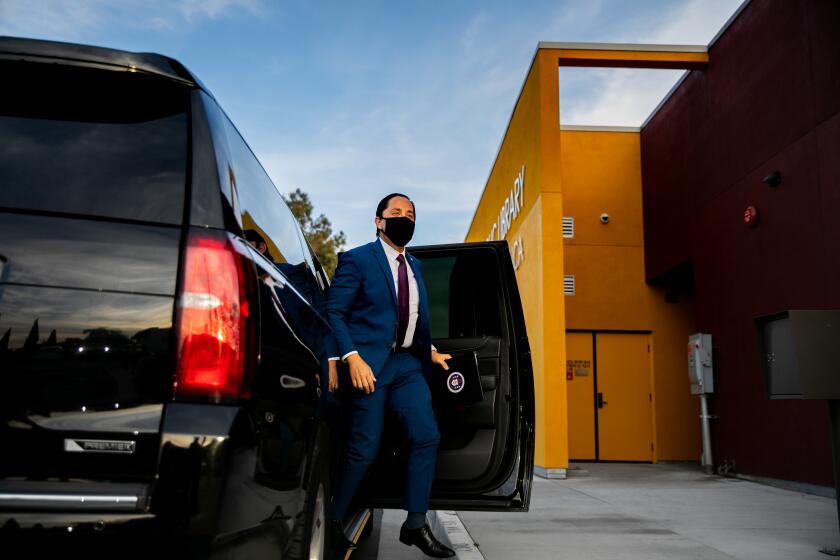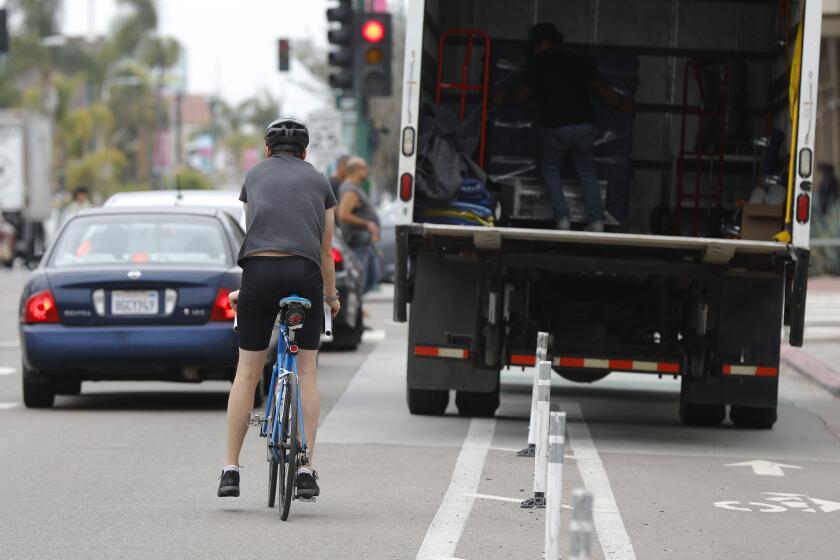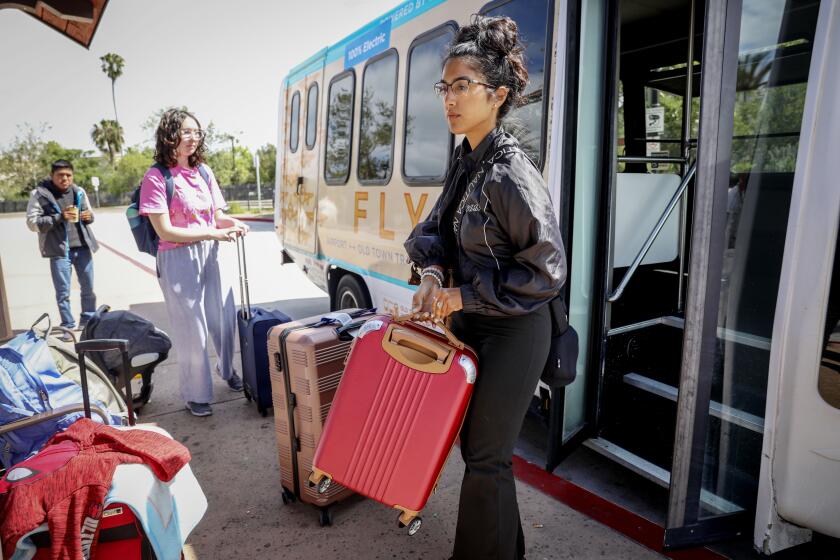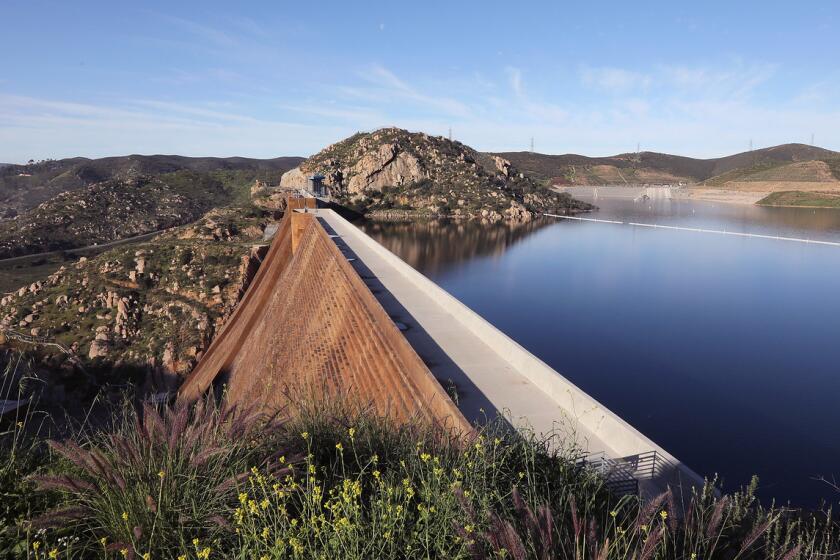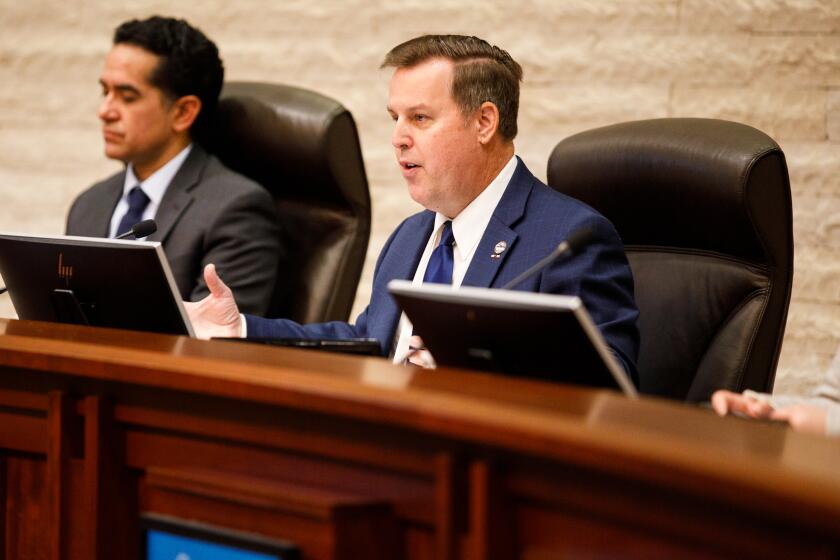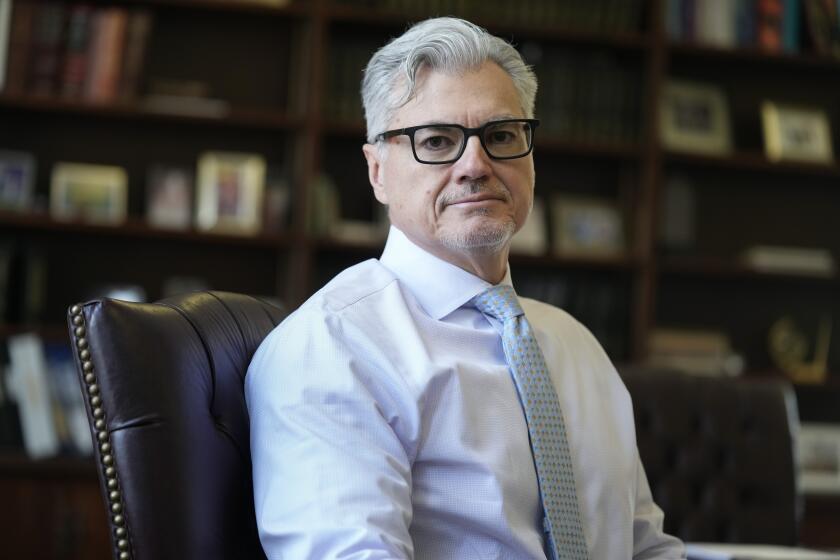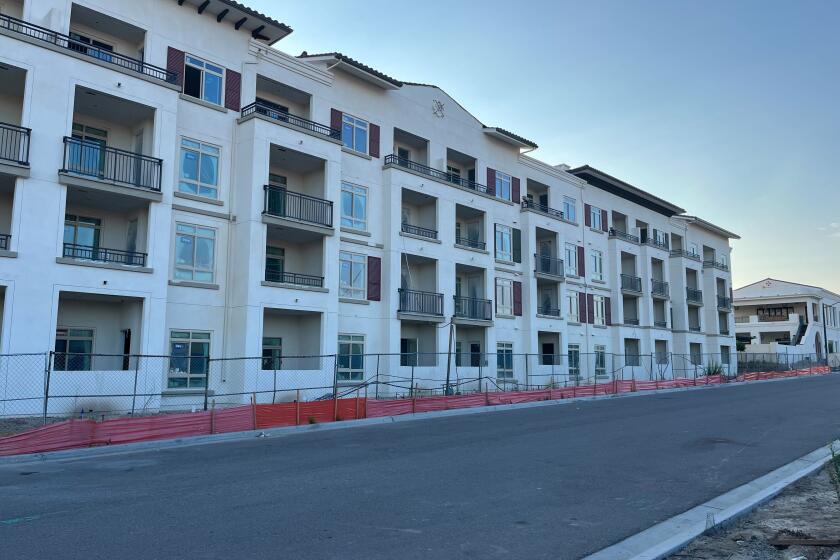New San Diego initiative aims to reduce pollution in low-income areas, boost access to exercise, healthy food
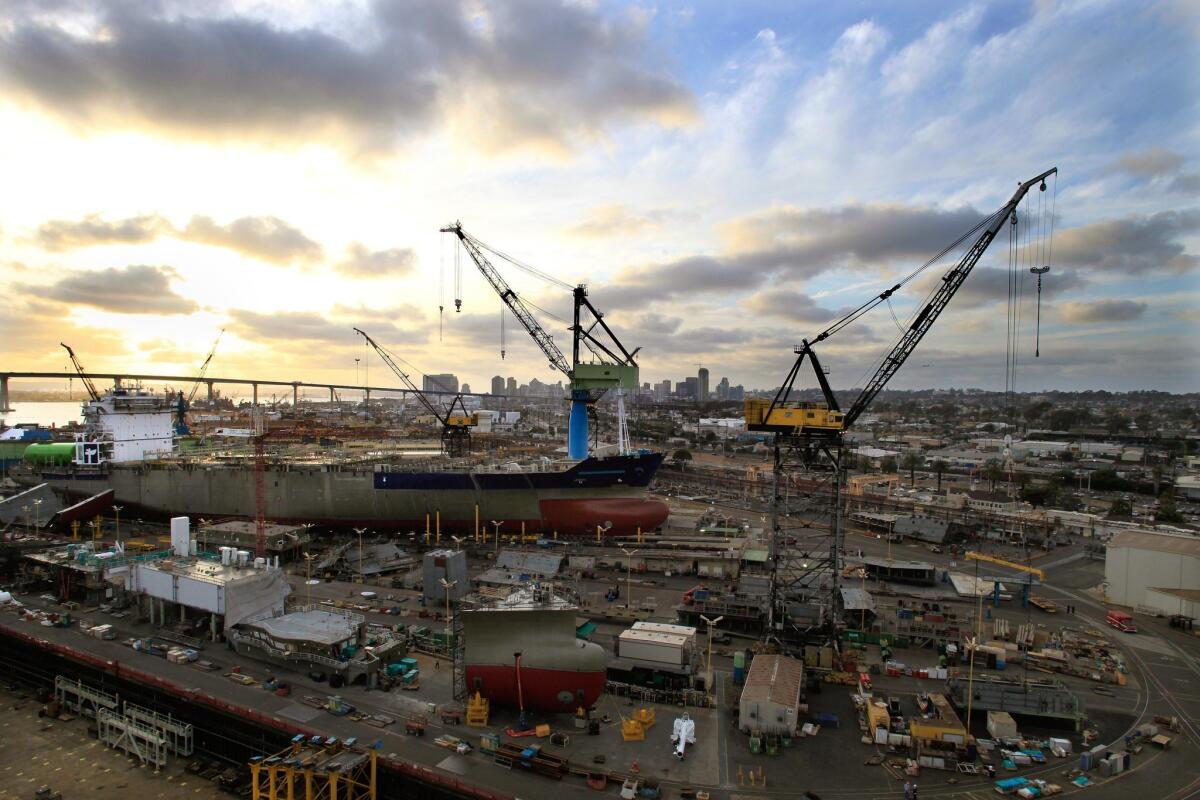
Residents are asked to complete online survey for environmental justice initiative, which should be complete in 2022
San Diego is launching a new environmental justice initiative to reduce pollution in low-income neighborhoods and boost access to healthy food, opportunities for exercise and sanitary housing there.
City officials will gather community input and examine surveys like the California Healthy Places Index to determine which neighborhoods suffer most from industrial pollution, poor air quality and lack of stores with fresh produce.
The initiative also will analyze which areas of the city lack parks, recreation centers and other infrastructure needed for healthy living.
Mayor Todd Gloria said the initiative, which is required by a 2016 state law, will help San Diego meet his commitment to view every city decision through the lens of social equity.
“Not only will we protect communities that have been subjected to pollution,” he said, “we will also ensure that all communities share in the benefits of our environmental and sustainability initiatives.”
Mike Hansen, the city’s planning director, said the initiative will add an environmental justice element to San Diego’s general plan sometime in late 2022 to help guide future city investments in an equitable manner.
“We recognize that not every neighborhood in San Diego has the same level of environmental conditions, and that race, ethnicity and income affect residents’ ability to access safe and healthy neighborhoods,” Hansen said.
“This initiative is needed to identify which neighborhoods are most affected by pollution, limited access to healthy foods and insufficient infrastructure and public facilities. It will provide new policies about how we can improve neighborhoods in need and help guide future investments in an equitable manner.”
While San Diego was already planning the initiative because of SB 1000, the 2016 state law requiring it, the timing has become ideal with city officials more focused on equity issues after widespread social justice protests that began last spring.
The city is launching an Office of Race and Equity and has begun analyzing disparities among neighborhoods, including a recent study that found the lion’s share of San Diego’s unpaved streets are south of state Route 94.
City council committee approves policy changes that would allow city to boost equity by upgrading certain streets
That freeway is also a clear dividing line in the California Healthy Places Index, an analysis by a collaborative of local health departments in the state.
City neighborhoods found to suffer from pollution and weak access to healthy food and housing are nearly all south of state Route 94, including much of southeastern San Diego, San Ysidro and parts of Otay Mesa.
The only areas with notably low scores north of 94 are City Heights, the Midway District surrounding the sports arena and the southeastern portion of Tierrasanta just east of Interstate 15.
Hansen said that’s a result of city officials in the past not focusing as much on these areas.
“Environmental justice means protecting our communities from environmental risks and hazards, with an emphasis on underserved communities,” he said. “We know these communities have historically experienced less investment and attention than other parts of the city.”
The goal of the initiative is reversing that trend.
A key element will be gathering input from community leaders as part of an online survey available now through Feb. 28.
“We know that they often have that first-hand experience of conditions in the community that might not be captured by data gathering exercises,” said senior planner Vicki White. “It’s really about whether the city is providing the physical environment that allows people to lead healthy lives.”
To boost survey participation in low-income areas where residents often don’t speak English as their first language, the survey has been translated into Spanish, Vietnamese, Mandarin Chinese, Tagalog, Arabic, Somali, Swahili and Karenic.
White said the deadline for the survey could be extended because of the COVID-19 pandemic.
“We’d really love people to participate and tell their friends, their neighbors, their religious groups and their social groups that this is happening,” she said. “During COVID it’s harder to get in touch with people — we can’t hold public meetings.”
The survey is available at sandiego.gov/planning/environmental-justice-survey
Gloria also plans to launch a climate equity fund to pay for climate-friendly projects in underserved areas. His staff said that while guidelines for spending that money aren’t complete, it is likely to be an important source of funding to fix disparities identified by the environmental justice initiative.
But Gloria says city is ‘fragile’ because of pandemic, financial problems that won’t end any time soon
Get Essential San Diego, weekday mornings
Get top headlines from the Union-Tribune in your inbox weekday mornings, including top news, local, sports, business, entertainment and opinion.
You may occasionally receive promotional content from the San Diego Union-Tribune.

